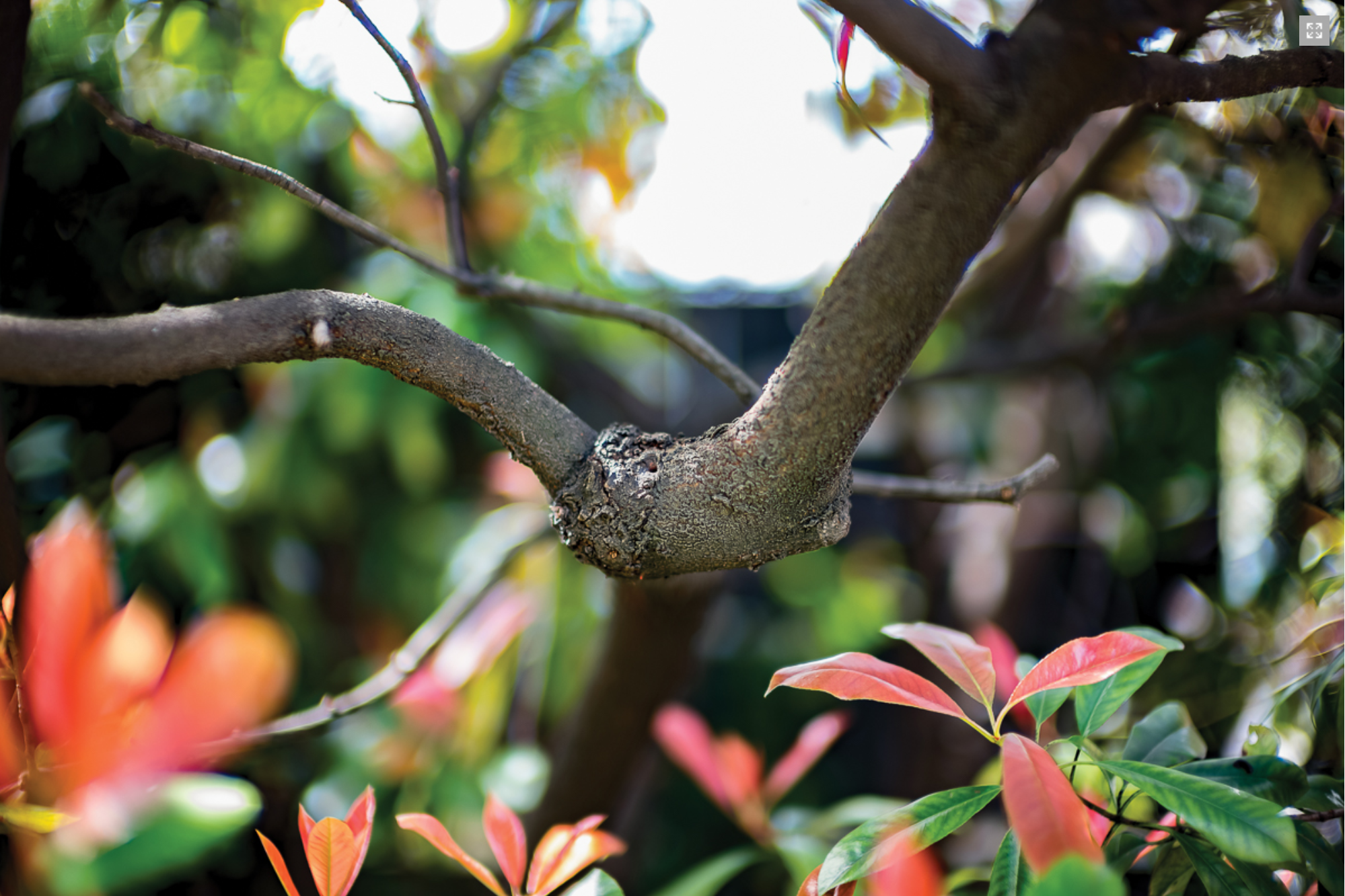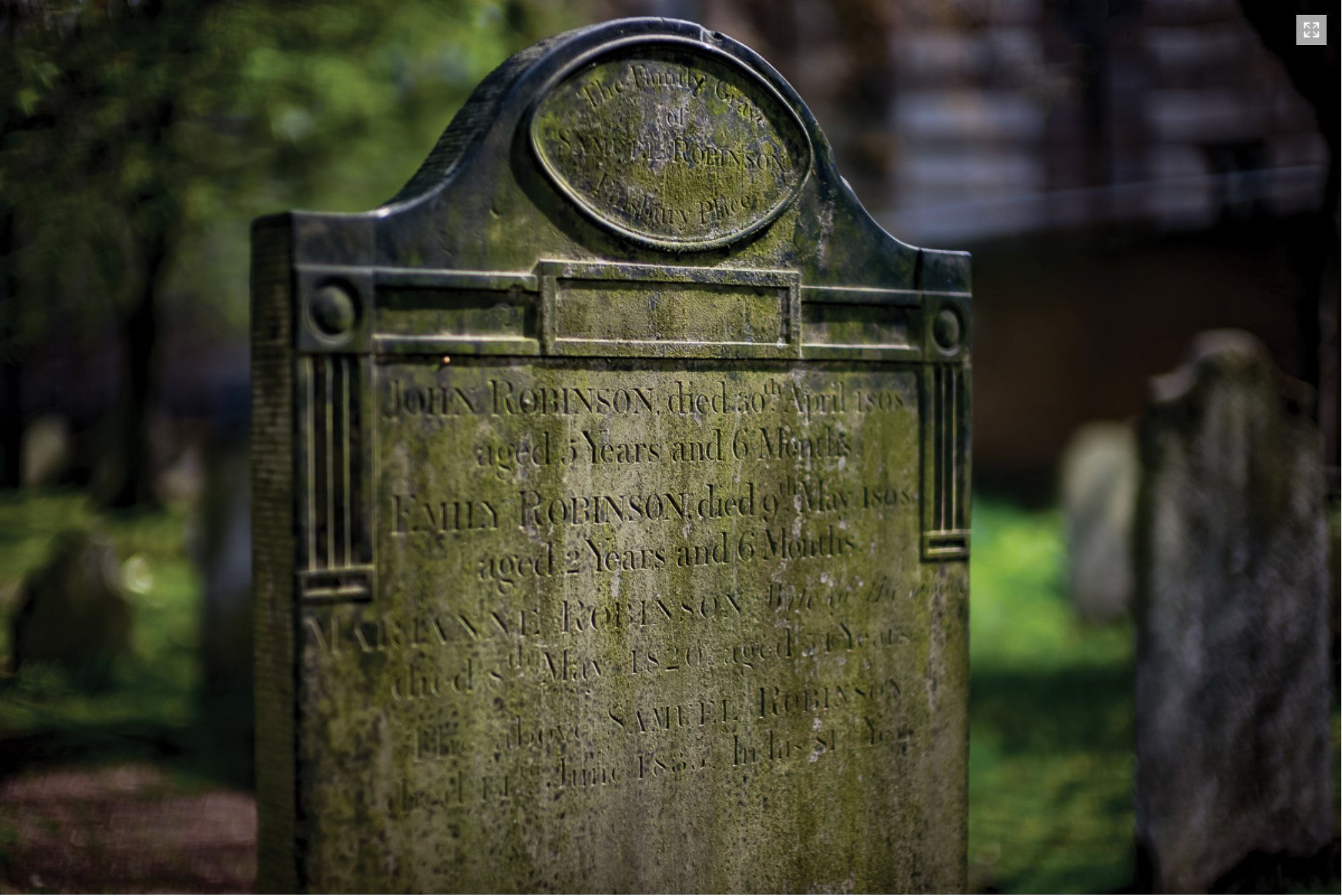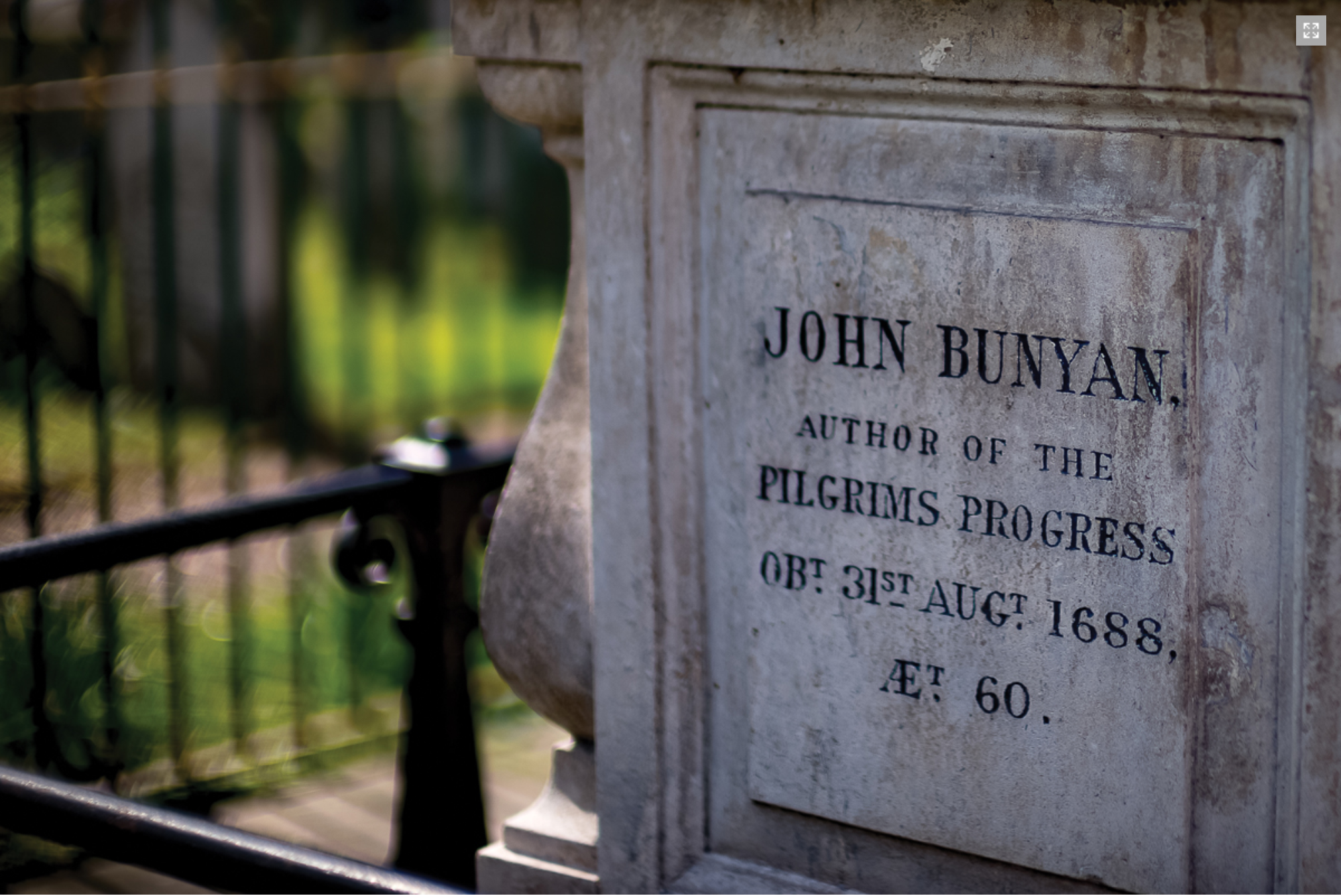The Leica SL: The Taming of the Noctilux
The most expensive M-lens, the 0.95 Noctilux, comes into its own when twinned with the new SL. It is a marriage made in heaven, to coin a cliché.
Leica’s fastest M prime, the Noctilux, is not an everyday lens. The only guy I know who seems to treat it as such is Thorsten von Overgaard. His well-worn Nocti is permanently attached to his M and he certainly doesn’t mollycoddle it. Here is a wizard who can focus it wide open to within a whisker of its life. We lesser mortals are sucked in and spit out in pieces when we try to do an Overgaard at f/0.95 while using a rangefinder.
For me, having owned the Noctilux in the past, it has more than a few drawbacks. It is heavy at 700g, let’s not beat about the bush. This was a lens that I often optimistically clicked on to an M or Monochrom before going to bed, full of good intentions for the morrow. Come that morrow and most times I would unmount it and replace it with a Summilux or, even, a Summicron. Why have the bulk and weight of an f/0.95 light gobbler if I’m not going to be venturing into the sewers or shooting wider than f/2.8 in the street?
There are two practical difficulties with the Noctilux apart from its size and weight. It is meant to be used wide open (if not, I can make a case for a ‘Lux or ‘Cron being a better and sharper lens). Focus at 0.95 with the M is decidedly fiddly, such is the narrow depth of field, no thicker than a Rizla paper. The M240’s fastest shutter speed of 1/4000s and lowest unpulled ISO of 200 conspire to ensure that the camera is not fast enough, even in moderately bright conditions, to realise the full potential of this lens without having to resort to a filter.
IRRESISTIBLE
In short, there is fiddling and compromise and, unless you really need that fast aperture (for instance in darker conditions, especially indoors) the Noctilux can be seen as overkill. Despite this, the Nocti has an irresistible allure. Use it well and often, as does Thorsten, and it rewards with sublime results. Practice, as with most things, is the essence of the matter with the Noctilux.
When I reviewed the SL, though, I was surprised how much easier it is to focus even mainstream M lenses accurately at fast apertures than with the M. My friend John Cartwright set my fevered imagination racing when he told me his 75mm Summilux, temperamental wide open on the M, is an unalloyed joy when mounted on the SL.
I began to wonder if the Noctilux had met its match in the SL. My theory was partly confirmed when I bumped into New York photographer and leading businessman Howard Grufferman in the Leica Store in Mayfair only yesterday. Around his neck was dangling the not insubstantial bulk of an SL and 24-90 zoom. But he wholeheartedly endorsed my theory. He uses mainly M lenses with his SL and he has no doubt that the Noctilux really does come alive on that camera.
So can the SL really tame the Noctilux? I decided to find out.
FAT, SQUAT, PERFECT
The Noctilux could have been made for the SL. Fat and squat, with a football pitch of glass, it perfectly complements the SL’s brutalist body. It just looks right. And it handles far better than on the M where it gives the camera a distinct front-heavy feel. With that massive grip and the slightly heavier and more substantial body, the SL makes the Noctilux feel more nimble.
In terms of handling, I much prefer the combination of the SL and the Noctilux for all these reasons. It just feels right, as though it had been made as a native SL lens. And there is absolutely no doubt in my mind that it is easier to focus using the massive 4.4MP viewfinder and image magnification that comes as stock in trade with the SL.
REWARDING
The SL is definitely the most rewarding mirrorless camera to use with M lenses. It is better than a typical APS-C camera such as the Fuji X-Pro2 and, even, Leica’s own T. Focus with the full-frame Sony A7 is easier than on the APS-C cameras, for some reason, but even that camera is knocked into the shade by the SL. The M’s rangefinder can also be supremely satisfying and accurate but there is always an element of trust involved. You don’t see the results until you chimp or post-process. With the SL all detail is on brilliant display in the biggest electronic viewfinder on the market. And at wide apertures, particularly at 0.95 with the Noctilux, you can’t afford to take anything on trust. By magnifying the image detailed focus (using the focus peaking option if needed) is easier and gives the photographer more confidence that he is getting it right. I have heard several M die-hards mentioning that as their eyesight ages they are finding problems with the rangefinder; they feel that the viewfinders of the SL and the Q are more comfortable.
I ought to mention the VF-2 electronic viewfinder as used on the M as an accessory. It, too, aids focus with “difficult” lenses but unfortunately it is an antiquated design with only 920k dots, old even when the M was introduced in 2012, and it cannot compare with the SL’s state-of-the-art 4.4MP offering and 60fps refresh rate. It’s like trying to compare a model T with a Tesla.
In one aspect, though, the M and the VF-2 combination does have a useful trick to perform. The M is the only camera that knows when you nudge the focus ring of a manual lens, thus triggering automatic magnification (if set). This is a great boon and is possible only because there is a direct physical connection between the lens and the camera. On all non-rangefinder cameras, including the SL, the T, the Fujis and the Sonys, you have to prod a button to bring up magnification. This is an extra step in the picture-taking process which becomes tedious. I suppose we can’t have everything.
WIDE OPEN
Earlier this week I borrowed an SL and a pre-used Noctilux from Red Dot Cameras and spent half an hour mooching among the dead in the nearby Bunhill Fields. Along the way I took the opportunity to call on John Wesley, William Blake, John Bunyan and Daniel Defoe, to mention just a few of the famous inhabitants of this ancient graveyard. None, apart from Wesley, was willing to pose. It wasn’t a proper test, by any means, but I did manage a few shots, some of which you see here, and I convinced myself that the Noctilux is indeed at its best on the SL. I was interested as much in the ability to shoot wide open as in the way in which I felt more confident in the focus.
I was also reminded of the pleasures of manual focus (having used the 24-90mm automatic zoom on the test SL a few weeks ago). There’s just something immensely satisfying in homing in on a precise focus point and ensuring that the image is sharply drawn. With practice, too, it is quick.
All the shots were taken wide open at f/0.95 and in several cases this would not have been possible on the Leica M240 without an ND filter to cut down the light. I calculate the SL has an overall three-stop advantage over the M. One stop is accounted for by the faster shutter speed (1/8000s compared with the M’s 1/4000s). Of more signifi cance, however, is the SL’s ISO 50 base sensitivity compared with the M’s 200 (although in fairness it can be pulled to 100). This adds a further maximum two stops to the advantage of the Noctilux.
If the SL had featured an electronic shutter (as does, for instance, its ever-so-near sibling, the Q) the opportunity to play with the Noctilux’s massive aperture would have been almost endless. In very bright conditions, brighter than this early spring morning in London, the SL would probably still struggle on occasion at 0.95. [Later on the day of publication of this article, Leica announced a fi rmware update for the SL which, among other improvements, introduced an electronic shutting topping out at 1/16,000, similar to that on the Q. Th is means that the SL has a potential four-stop advantage over the M, further improving its ability to deal with the Noctilux].
RECOMMENDATION
Without a doubt I can recommend this made-in-heaven combination of the SL and Noctilux. If you already own the Nocti, then this is a very good reason to buy the SL. If you don’t then per-haps you should buy the two of them, assuming you have the odd £13,000 burning a hole in your pocket.






